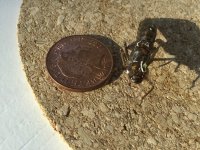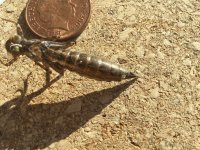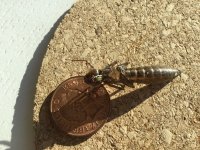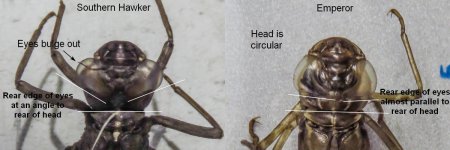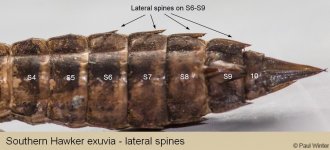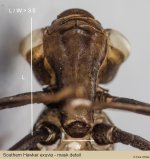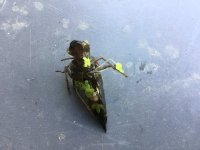Please can you tell me what this is? I didn’t see it emerge on the garden pond. The pond is only a few years old.
I am in the Belgian Ardennes one hour ten from the border with Luxembourg.
I have only ever seen two Zygoptera and a patrolling male Blue Hawker here.
I am in the Belgian Ardennes one hour ten from the border with Luxembourg.
I have only ever seen two Zygoptera and a patrolling male Blue Hawker here.




